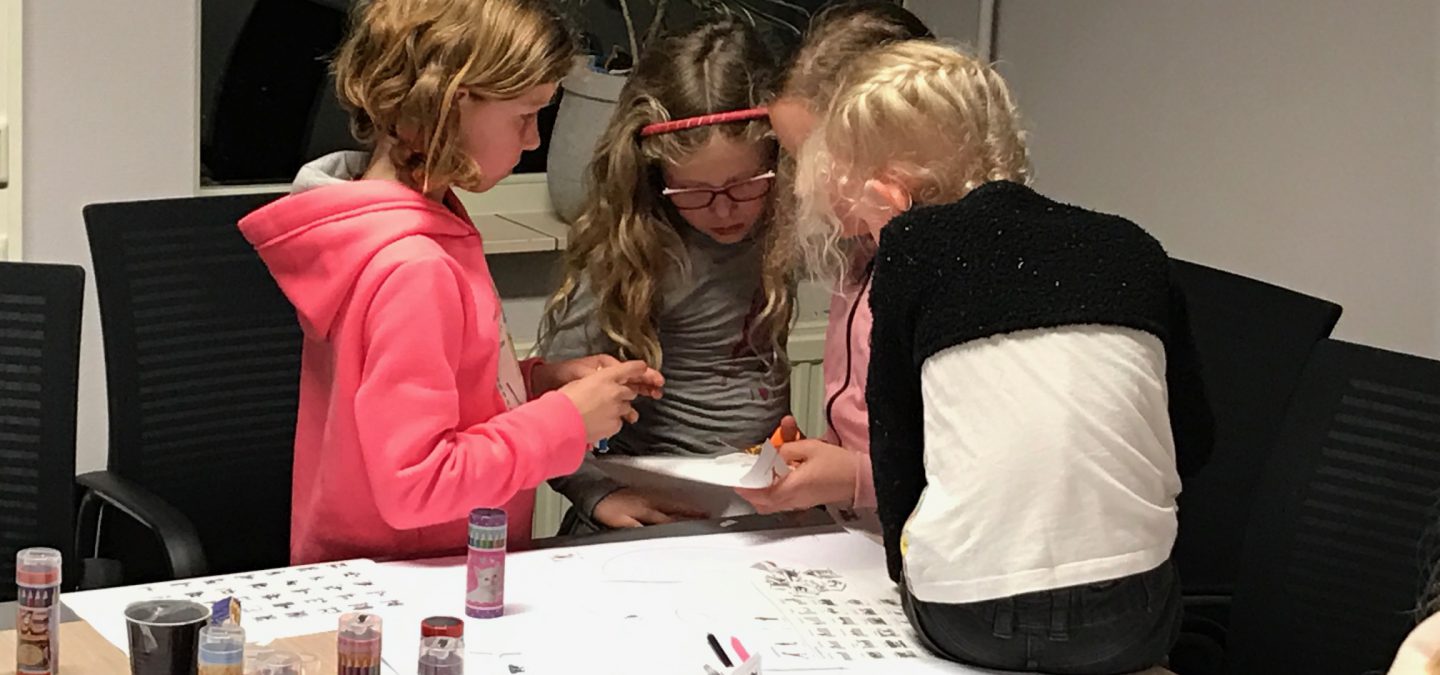
Keep up with our latest news and projects!

“This playground is boring, it’s for little babies”. When we walk with children through their neighbourhood, this is a frequently heard comment. Why do children often experience our cities as boring when municipalities annually spend a lot of money to maintain and design public spaces? This is because there is usually no integral vision on child-friendly cities at the municipal level. And if there is a vision or policy paper, most of the time it only describes some generalities or it stimulates a top-down approach converting playgrounds into homogeneous areas. The result is that public spaces are often formed by picking some elements from design catalogues of play equipment companies. We have to convert this institutional approach to a more situational approach (customisation). This means moving away from adult-led and formal strategy, and giving more space (both literally and figuratively) to the unique wishes of children at a specific location.
In our vision, it is important to encourage active free play and strive for a variety of playful, exciting and challenging spots (‘speckles’). Simply by creating diversity in playabilities in quantity, but also for different ages, types of character, skill levels, strengths and courage. We should avoid ‘over-designing’ and environments that reflect adults perception of 287 play. Ours and others’ research shows that children prefer less structured play in which they can have an adventure and make their own fantasy. In particular, spaces for children that are free to use and can be modified. Water for example only has a useful function when children can touch and adapt it in a safe and easy way. And children want to be challenged. They want to learn something, try and come back if they don’t succeed. So, your goal is to realise a space that is stimulating enough to come back to. A space that will make their stomach tickle from excitement. When you have met these conditions, you have designed a successful playful space.
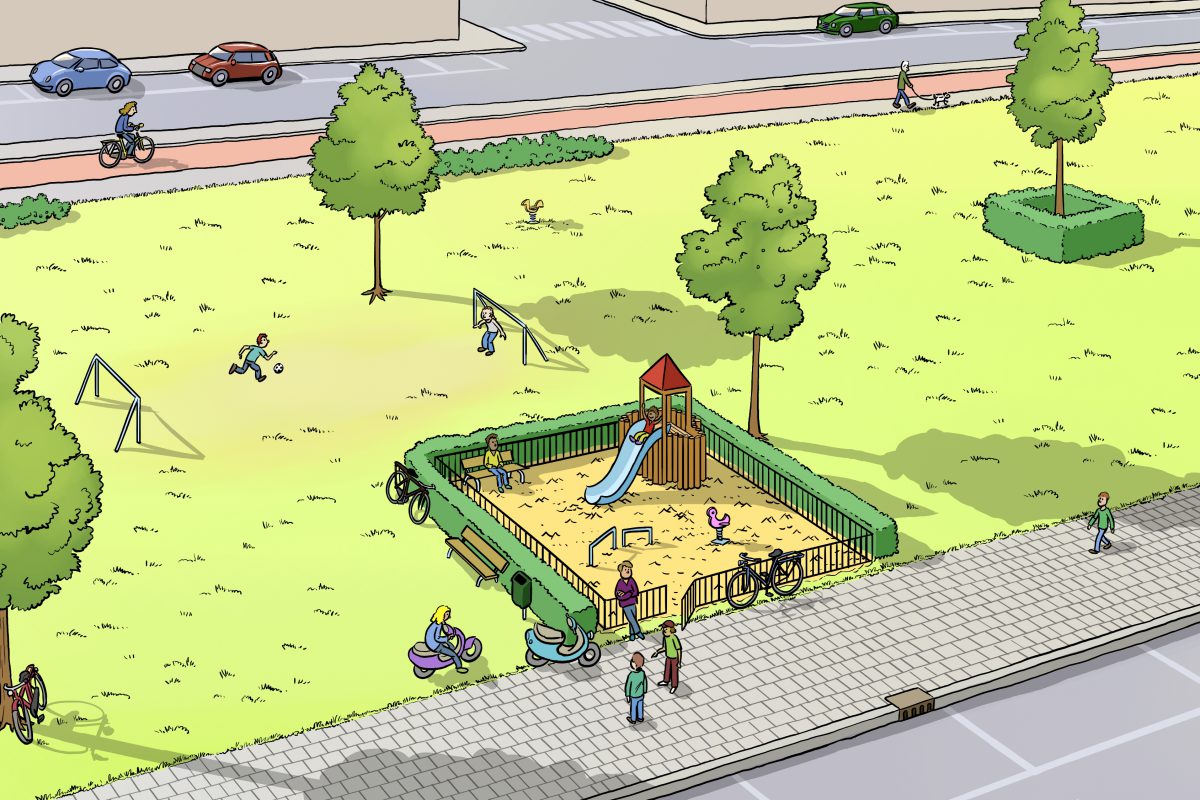 The Speckle - Before
The Speckle - Before
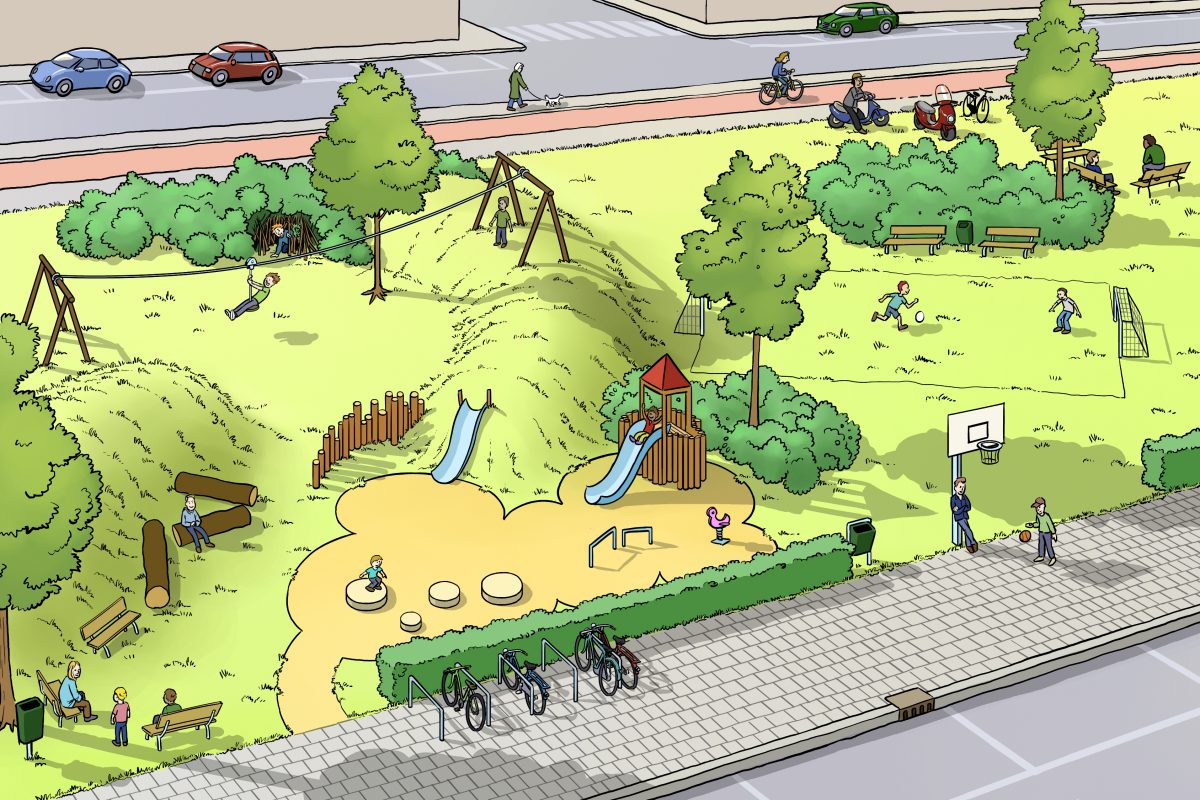 The Speckle - After
The Speckle - After
If we want to enrich existing public spaces with elements that encourage children to use it, it is important that we observe the interaction from children with public space and that we test a public space with child-friendly preconditions. A convenient way for scanning the success or shortcomings of a public space for children is the so-called ‘Speckle’. It offers a practical quick scan for rating the playing opportunities, design and layout of public space. The ‘Speckle’ is a short checklist with some basic questions with multiple choice answers, like:
– Is there space for multiple play types (roamer, pusher, builder, viewer)?
– Is interaction between children (with or without special needs) and between parents stimulated?
– Has the place and the surroundings have a varied design that gives multiple playing opportunities (green, pavement, water)?
– Are children of different age groups challenged?
Finally, one is asked – just like the ‘Power of Ten’- philosophy of PPS – to count the number of playing activities of public space. With the help of word clouds with more than 100 playing activities, users of the scan explore what kind of play possibilities are present and absent.
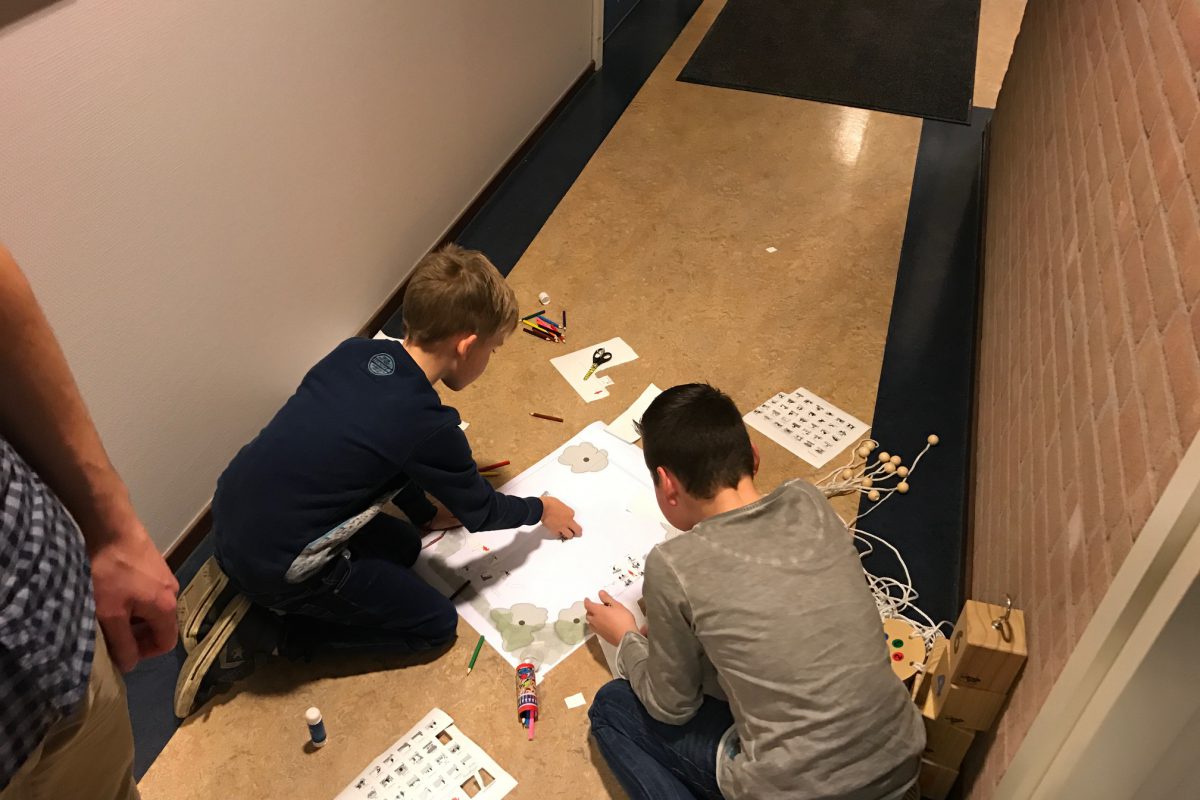
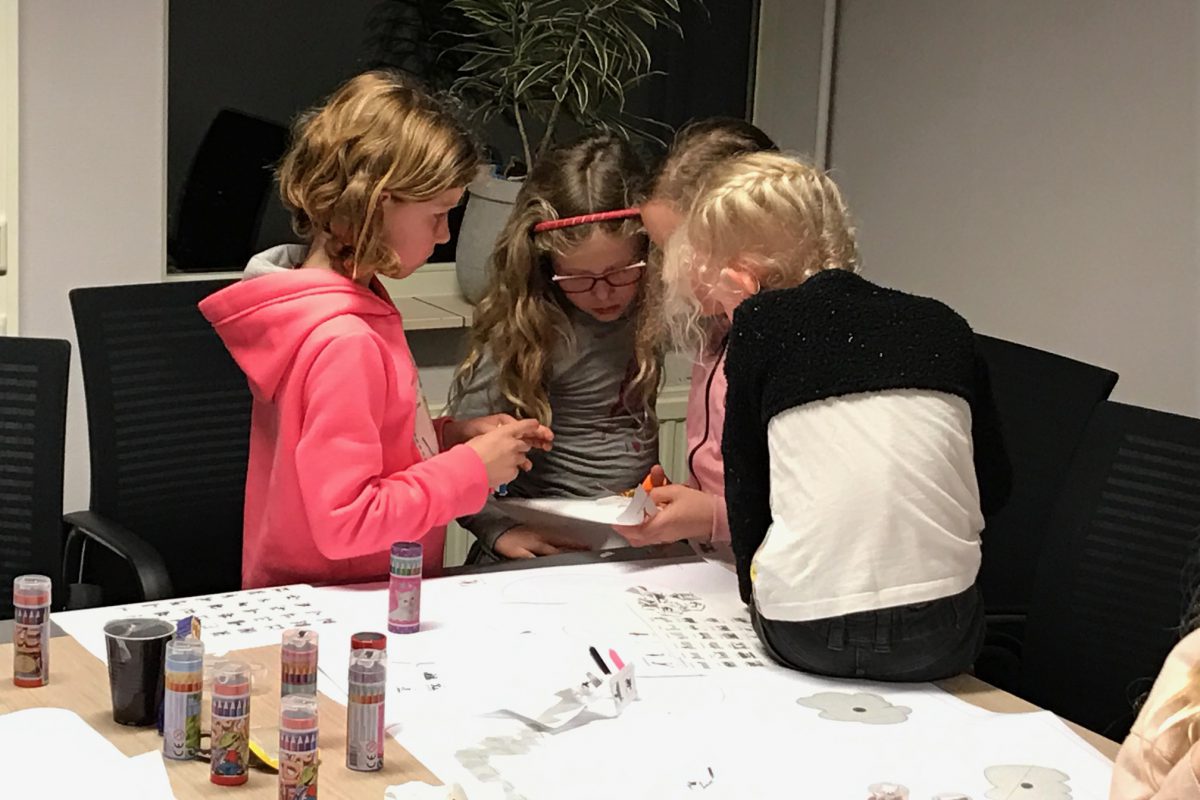
Professionals who use the ‘Speckle’ quickly see what’s missing through the eyes of children of different age groups. On the basis of the simple questionnaire, they are challenged to observe the location, instead of making a design plan or maintenance plan from behind their desk. At the same time, they are inspired to add more playing value because the questions and word clouds give insight into critical success factors. It creates a different mindset aimed at a mix of structured and adaptable play environments with fixed objects, portable equipment and natural elements.
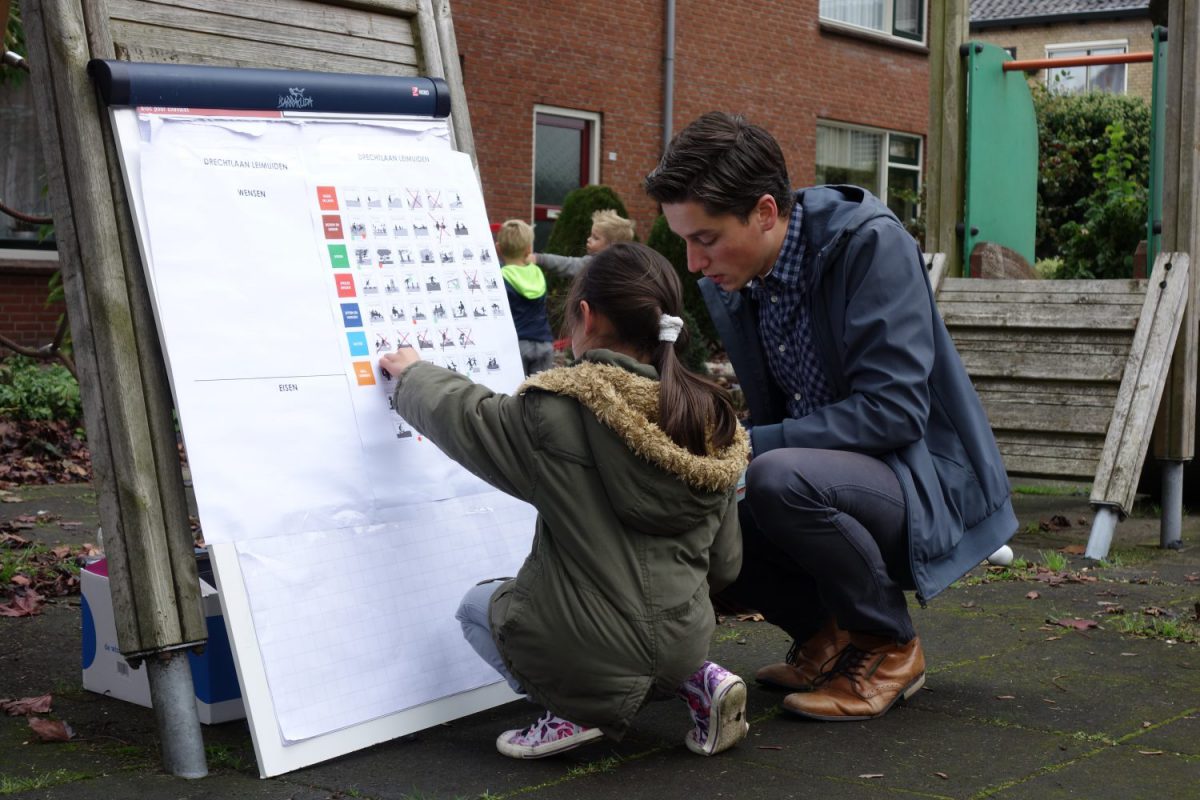
The tool is also used to organise collaboration and unite interests. With the results of the scan, a professional can start the dialogue with the users of the public space. But most importantly the users of the public spaces can also fill in the questionnaire. It is a convenient way to make a short evaluation of the place, to pick up ideas and start a conversation with people of all ages.
Experience shows that this process often provides new insights for adults about the real wishes of children. They are thinking about where they played when they were children and conclude that the best memories of play were not on the structured playground. Professionals and parents learn that they must appreciate versatile play more. Feasible when we are more open-minded about the use of mouldable materials, a variety of surfaces (water, grass, sand, bark, rubber, dirt), height differences and coloured markings. Children often appreciate loose materials and exciting shrubbery of which they can build huts, roam and discover.
Parents in turn show in these sessions the need for some comfort. Asking for seating elements, public toilets, racks for bikes with child seats, clear sightlines (overview), and safe routes to the place of destination (accessibility). All of them agree that it is not about designing a safe playground following the local rules but about making space that stimulates children to go outside, make friends and come back.
This article belongs to a series of stories about the city at eye level for kids! You can access the full book online in PDF or pre-order your hardcopy to be delivered to your home.
Get your book here